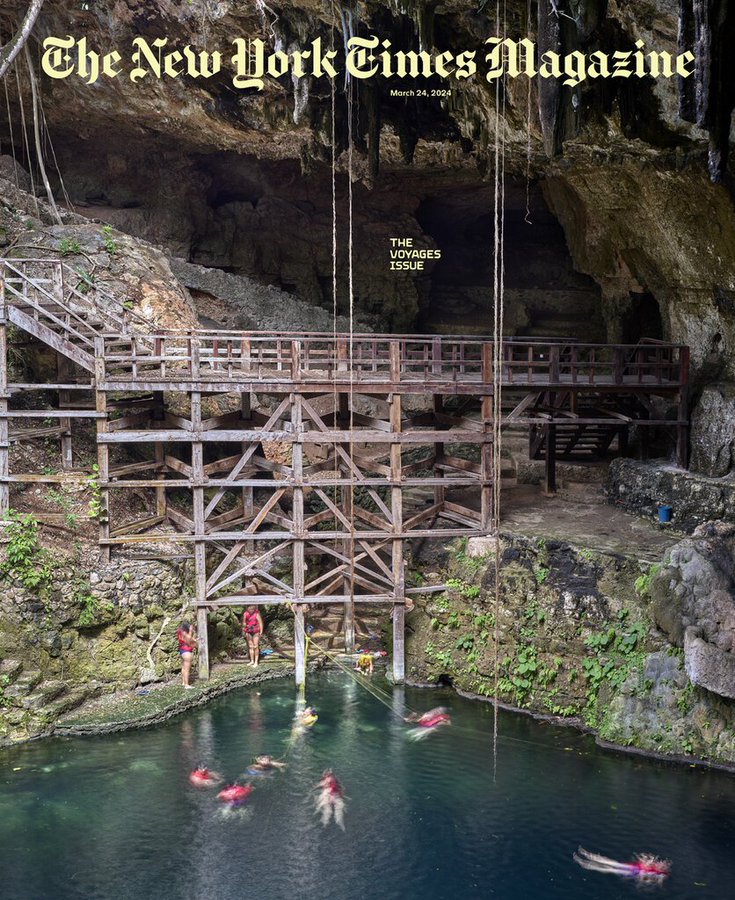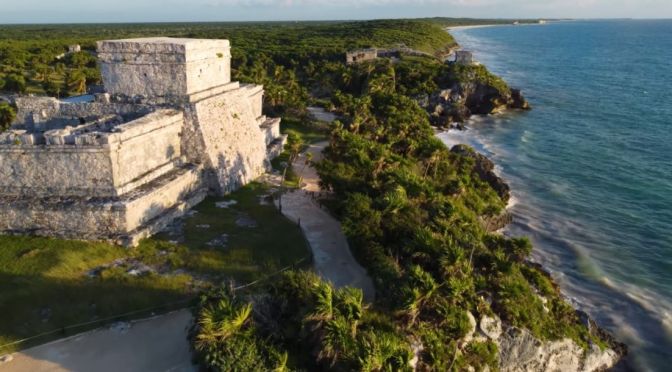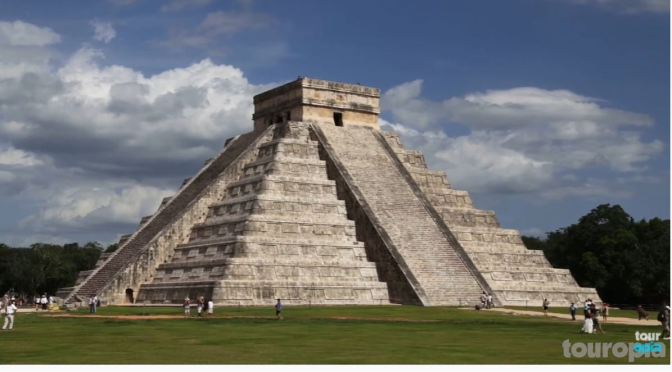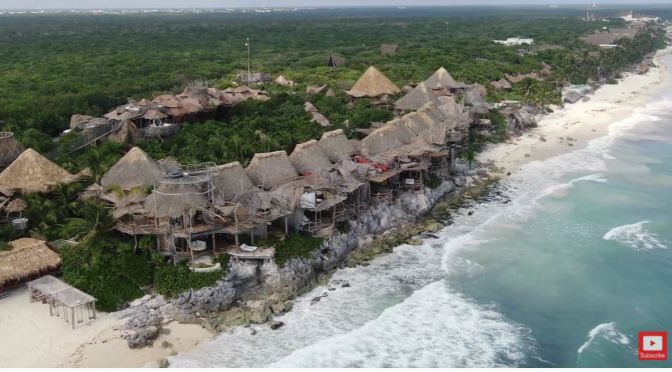

THE NEW YORK TIMES MAGAZINE (March 22, 2024):
A New Train Is Opening Up the Yucatán, for Better or Worse

When it’s a quick trip from the schlocky pleasures of Cancún to the remote cities of the Maya, is something lost along the way?
El Tren Maya, which links five states in southern Mexico, is one of the country’s most-debated infrastructure projects. Carved through the Yucatán Peninsula at great expense, the 966-mile loop pits the megaproject ambitions of Mexico’s departing president, Andrés Manuel López Obrador, against the will of environmentalists and Indigenous leaders seeking to preserve a pristine environment of jaguars, ancient ruins and sacred underwater caves.
An Arsenal of Mysteries: The Terrifying Allure of a Remote Caribbean Island

Why had immigrants, seekers and pilgrims been drawn for centuries to the treacherous shores of Mona Island? I set off to find out.
By Carina del Valle Schorske
Every year, I spend a month or two in Puerto Rico, where my mother’s family is from. Often I go in winter, with the other snowbirds, finding solace among palm trees. But I’m not a tourist, not really. I track the developers that privatize the shoreline; I follow the environmental reports that give our beaches a failing grade. I’m disenchanted with the Island of Enchantment, suspicious of an image that obscures the unglamorous conditions of daily life: frequent blackouts, meager public services, a rental market ravaged by Airbnb. Maybe that’s why I turned away from the sunshine and started to explore caves with my friends Ramón and Javier, seeking out wonders not yet packaged for the visitor economy. I’ve been learning to love stalactites and squeaking bats, black snakes and cloistered waterfalls — even, slowly, the darkness itself.




